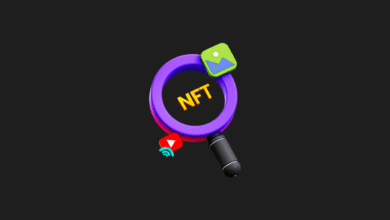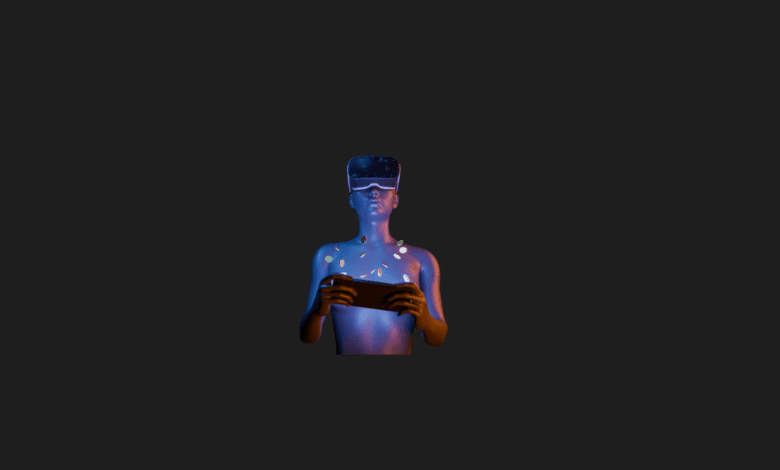
Metaverse Defined: Future of Digital Worlds Explored
The Metaverse concept has captivated the tech world, significantly propelled into the spotlight by Facebook’s CEO, Mark Zuckerberg.
Its explanation often veers more towards visionary ideas than solid scientific grounding, leading to widespread misconceptions. Amidst this confusion, many companies and individuals are eagerly investing.
The prevailing question is whether the Metaverse will revolutionize the somewhat stagnant virtual and augmented reality markets, or if it’s merely hype, a rebranding of existing technologies, promoting fantastical virtual real estate, or perhaps evolving into a groundbreaking platform comparable to the internet.
Although the term “Metaverse” is currently broadly used to describe virtually anything, the transition to its full potential might rely on the evolution of Web 3.0.
NOW WE WILL CONSIST OF 0’S AND 1’S!
Our existence in the physical world is on the brink of establishing a counterpart in the virtual domain. Similar to how the binary code of 0s and 1s forms the backbone of computer operations, our virtual lives will be governed by complex algorithms.
Central to this vision is an automated DNA data storage system, driven by specialized software that converts the binary language of digital data into the primary DNA components: adenine, guanine, cytosine, and thymine. Automation plays a pivotal role in making this concept feasible by facilitating large-scale storage solutions and reducing costs.
Envision enjoying a dessert at a cafe and then immediately retrieving its recipe from the Metaverse. This scenario becomes possible as the dessert’s DNA profile is digitally represented, bridging the physical and virtual worlds.
1.Definition to consider: Verse
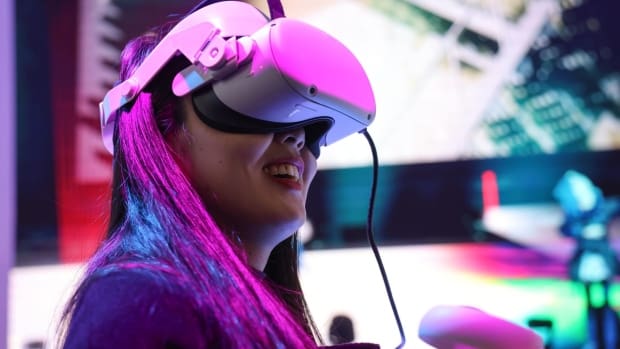
Since the internet’s inception, the groundbreaking technologies that have emerged were initially disparate. In the last 7-8 years, however, major companies started leveraging these innovations to improve service quality and streamline their operations. These technological advancements needed a unifying term to be fully recognized as tools that enhance both the social and professional aspects of life. Had the term “metaverse” not been coined, another term would have surely taken its place.
Facebook, with a vision extending two decades into the future and seeking to refresh its brand, quickly embraced the “metaverse” label. Unlike previous technological terminologies, the metaverse is still in its early stages and represents a departure. It was first promoted by futurists. When virtual reality was introduced, its technological implications were immediately tangible. Technology experts discussed its functionalities, and futurists speculated about its future possibilities.
Yet, the metaverse is still being shaped. For the first time in technology’s history, a term has been applied before the technology has fully matured. This strategy aims to familiarize the public with “verse” technologies, explore their desires for a virtual existence, and stimulate demand.
While some of the fundamental technologies are in place, the integration of yet-to-be-named sensors that interact with our neural and cognitive systems will ultimately complete the metaverse. In this evolving framework, the “verse” part, indicating the universe, stays consistent, but the “meta” aspect is evolving.
Several companies have already embraced variations of the term; for example, Nvidia from California has introduced the “Omniverse,” while Microsoft has chosen “Multiverse.” At its core, “Verse” represents a digital space where reality and virtuality merge, allowing people to interact and communicate across different devices.
2.People will have IP addresses
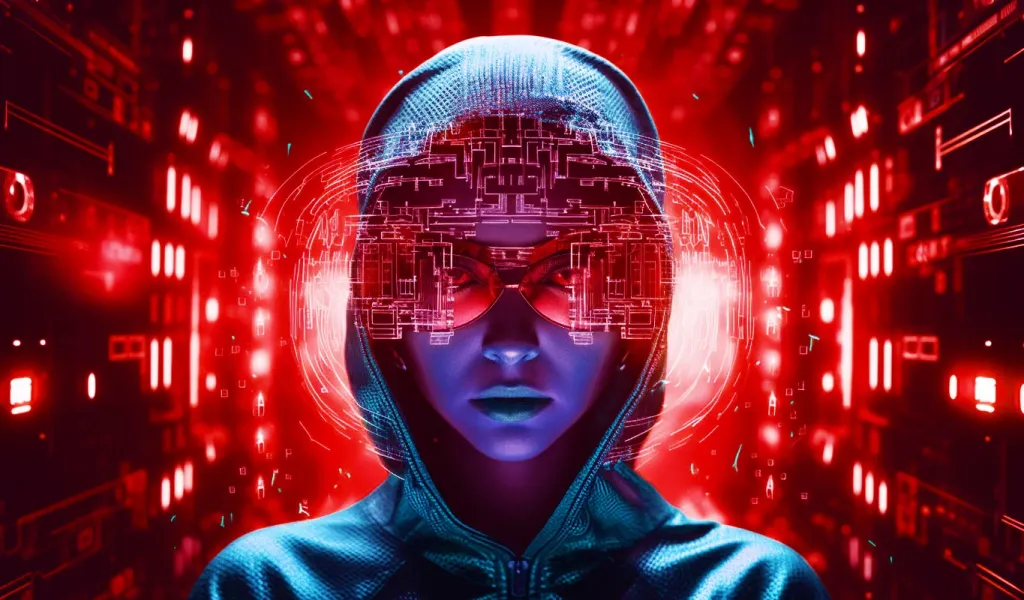
The metaverse is often visualized through avatars, yet it embodies two distinct dimensions: social and technological. We were already acquainted with technologies such as Augmented Reality (AR) and Virtual Reality (VR), and now Mixed Reality (MR) emerges as equally pivotal.
MR blends virtual and physical realities, enabling their simultaneous interaction. For example, mixed reality could be used to simulate and predict the outcomes of critical surgical procedures on patients. On the social spectrum, the metaverse encompasses aspects like Intellectual Property (IP), a virtual economy, decentralization, collaboration, socialization, Web 3.0, NFTs, and cryptocurrencies.
Viewed by some as an evolved form of social media, the metaverse is poised to foster a more sophisticated virtual economy. Instead of merely scrolling through ads on social media, we’ll encounter them within virtual reality environments. Currently, every computer connected to the internet is identified by an Internet Protocol (IP) address.
In the metaverse, this concept of IPs extends beyond devices to include individuals themselves. For example, the creations of journalists and newspapers will be protected from unauthorized use. Copyrights will be embedded directly into the digital content, making them secure against infringement. These advancements are not in the distant future—they are anticipated to materialize in the next 5-6 years.
3.Digital twins will descend to individuals
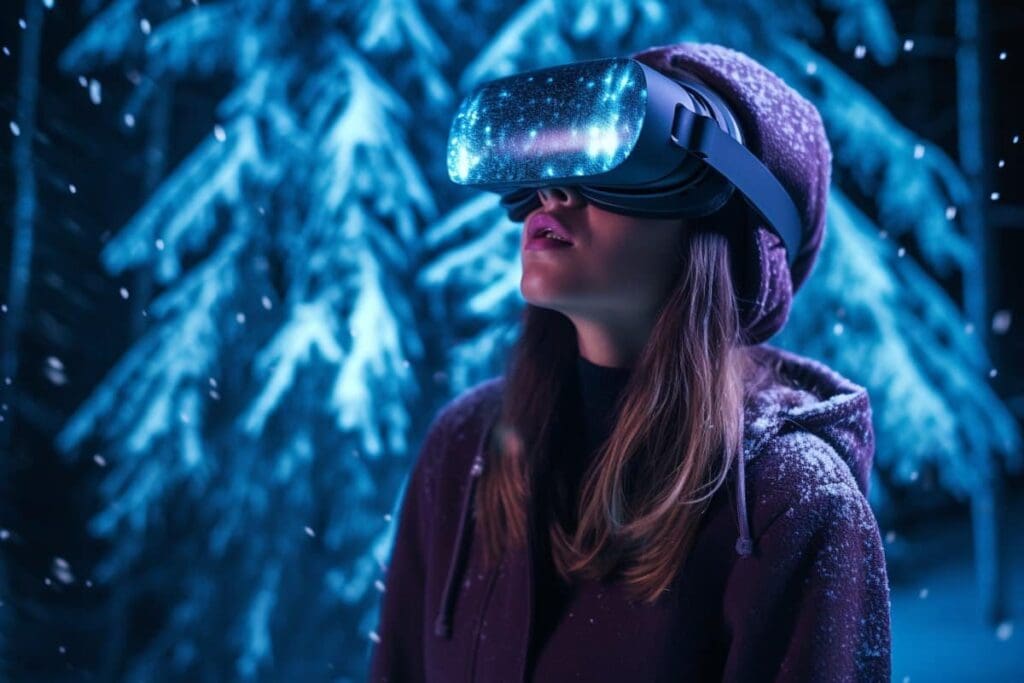
The concept of utilizing avatars in the metaverse will quickly evolve. Initially, avatars will be common, but we will soon transition to having virtual digital twins in the virtual world. These digital counterparts will be able to attend meetings for us, freeing us up to manage other tasks simultaneously.
While the effectiveness of these virtual selves will start at 70 percent, the aim is to improve it to 90 percent, acknowledging that it can never reach 100 percent. In the future metaverse stores of brands, unlike on current e-commerce sites where you shop in isolation, you will have the chance to encounter friends. You might run into them by chance or decide to shop together on purpose.
Additionally, there will be options for privacy; if you prefer not to be visible, you can choose to appear offline even while being online. For example, in the virtual office, it will feel as though you are physically present among your colleagues. The footwear of your virtual self will correspond with the shoes you are actually wearing.
Eventually, all companies will transform into technology providers. Consider a razor blade manufacturer: they could utilize metaverse technologies to let users test their products virtually and simulate the experience of actual use. This could help users identify potential skin issues or allergic reactions as if they had tried the product in a real store. In the corporate sector, this approach will significantly enhance the collection of user data.
4.Transition to an activity and experience-based world
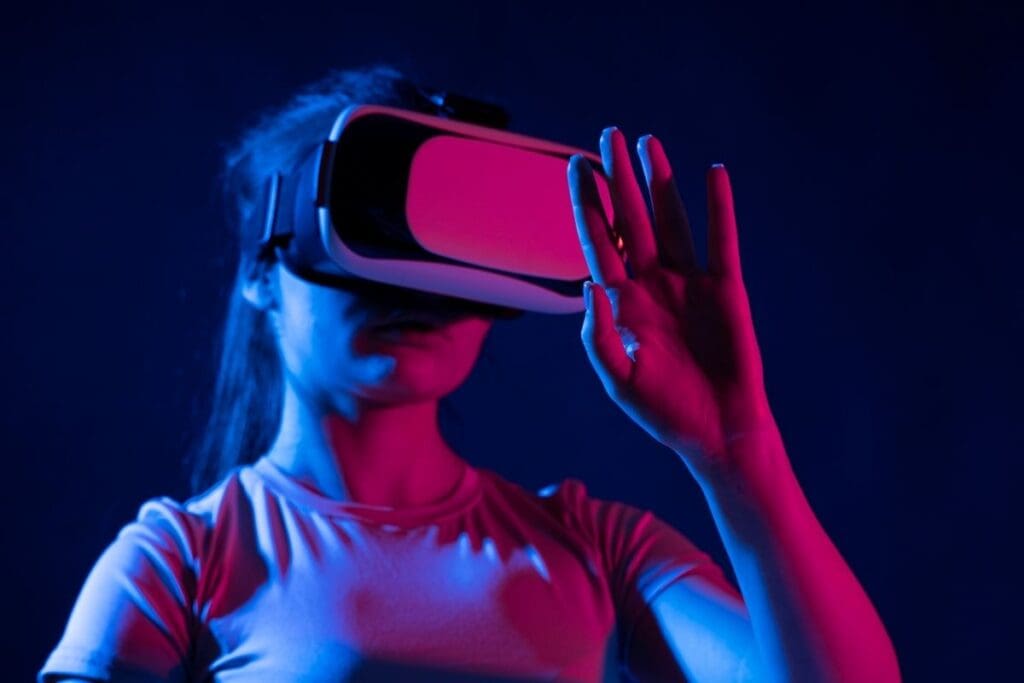
One frequent query is, “What sets this apart from social media?” Social media and the metaverse represent distinct entities. The most notable distinction is that social media is built on a centralized framework, whereas the metaverse is decentralized, akin to the model of cryptocurrencies.
Within the realm of blockchain technology, decentralization means shifting control and decision-making from a single central authority, whether an individual, organization, or group, to a widespread network. In the metaverse, people will be able to live out their digital identities. We will transition from merely observing the virtual world through screens to fully inhabiting it. In essence, we’re moving from a 2D cartoon-like environment to a 3D animated one.
Understanding the internet’s evolution is crucial. Initially, in its Web 1.0 phase, the internet was a place where we could only retrieve information from those who owned websites. With the advent of Web 2.0, we gained the ability to interact with content and share our insights, a development greatly boosted by the proliferation of mobile technology.
This era allowed us to create content accessible to all, though within the limitations set by platforms or other governing bodies. Now, as we step into the era of Web 3.0, we’re at the cusp of a new internet revolution. The decentralized framework of Web 3.0 introduces newfound freedom to the virtual and internet landscapes. We are shifting from a world dominated by transactions to one focused on activities and experiences.
5.Virtual land is not an individual investment

To fully comprehend the metaverse, it’s vital to understand its underlying technical architecture. Unlike the current internet, which relies on pixels, the metaverse is built using voxels. A voxel represents a unit of graphic data in 3D space, marking a significant shift in how digital environments are constructed. For instance, a textile company venturing into the metaverse must recognize the significance of voxels. While diverse metaverse environments will exist, they all share the foundational use of voxels to create their worlds.
As the metaverse emerges, companies might consider closing their physical storefronts to open virtual ones, much like the shift toward e-commerce. A textile company’s virtual store in the metaverse would operate within these voxel-based, 3D technology spaces, akin to acquiring a domain name for a traditional website.
The metaverse represents more than just an area for individual investment. For example, Decentraland, known for recording the highest land sales in USA, consists of 90,601 parcels of land (voxel spaces). Currently, it appears unlikely that these lands will be resold. Even if they were, the intellectual property (IP) rights of the land would stay with the original purchaser, differing from conventional land sales processed through notaries.
You may also like this content
Follow us on TWITTER (X) and be instantly informed about the latest developments…







